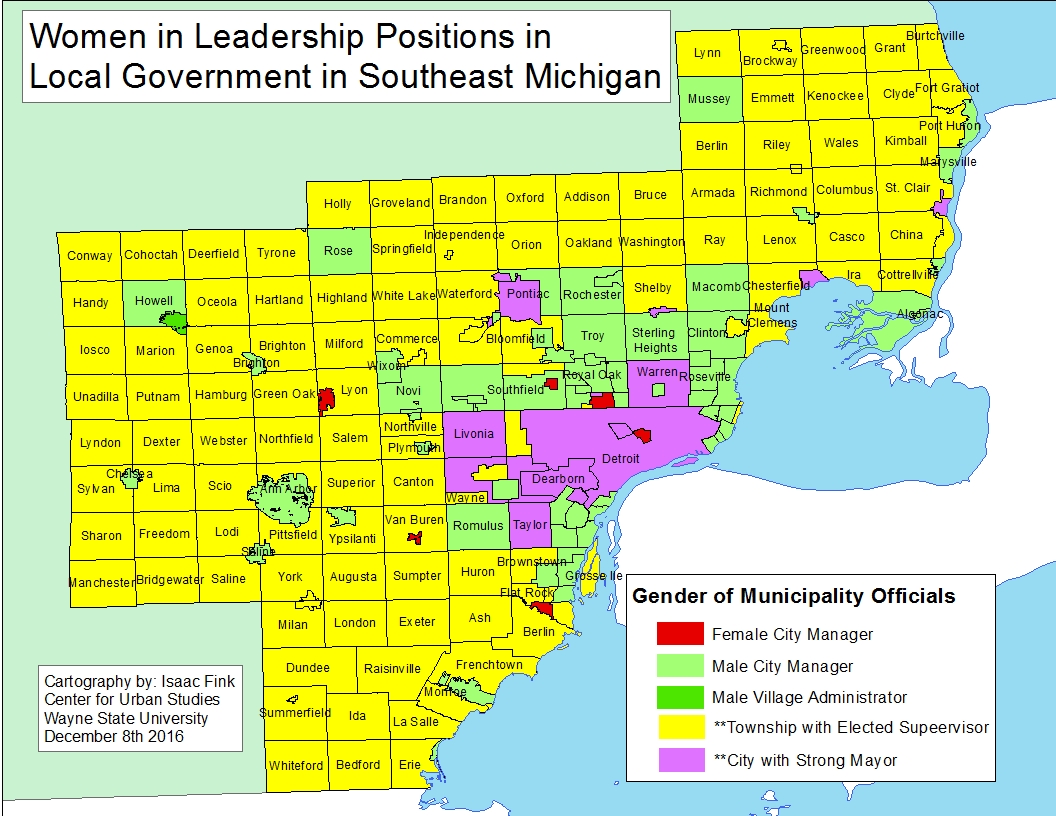By the end of Fiscal Year 2016 there were four public school districts in Southeastern Michigan that eliminated their deficits while one new district was added to the list of having a deficit, according to the Michigan Department of Education. The four public school districts that eliminated their deficit by June 30, 2016 were Clintondale Community School (ended with a fund balance of about $1.4 million) and Warren Consolidated Schools (ended with a fund balance of about $5.7 million), both in Macomb County, Southgate Community Schools (ended with a fund balance of about $375,000) in Wayne County and Lincoln Consolidated Schools (ended with a fund balance of about $3.6 million) in Washtenaw County. Grosse Ile Township Schools in Wayne County began FY 2016 with a fund balance of $189,441, but ended the fiscal year with a deficit of $152,299. This was the only public district in the region and state to be added to this list. However, there were four charter schools in the region (Blanche Kelso Bruce Academy, Experienca Prepatory Academy, Frederick Douglas International Academy, Taylor International Academy) that began FY 2016 with a fund balance and ended with a deficit.
While there were districts that eliminated their deficit by the end of FY 2016, there were five public school districts in the region that ended the fiscal year under the oversight of the Michigan Department of Treasury (these districts are distinguished in red in the map, however if a district also increased or decreased its deficit they are highlighted in a different color in the map). A district is put under the oversight of the Department of Treasury if it maintains a deficit for five years. The public districts in the region under such oversight are: Detroit City School District, Hazel Park City School District, Mt. Clemens Community School District, New Haven Community Schools and the Pontiac City School District. Additionally, while the New Haven Community Schools and Hazel Park City School District began and ended FY 2016 with deficits, and under the supervision of the Department of Treasury, by the end of FY 2016 both districts had reduced deficits. At the beginning of the fiscal year New Haven Community Schools had a deficit of about $296,000 and by the end it had a deficit of about $65,000. The Hazel Park City School District had a deficit of about $8 million at the beginning of FY 2016 and by the end the fiscal year the deficit was reduced to about $6 million. There were also three other public school districts in the region that began FY 2016 with a deficit but reduced it by the end of the year; these districts were Dearborn Heights, Garden City and Pinkney.
The Detroit school district and Mt. Clemens Community Schools were the only two public districts in the region that began FY 2016 with a deficit and ended the fiscal year with an increased deficit; these distinctions are shown in the map although they too ended the year under the oversight of the Michigan Department of Treasury. Detroit Public Schools began FY 2016 with a deficit of about $1.8 million and ended the fiscal year with a deficit about $1.9 million. The Mt. Clemens Community Schools district began FY 2016 with a deficit of about $1.3 million and ended the fiscal year with a deficit of about $2.2 million.










